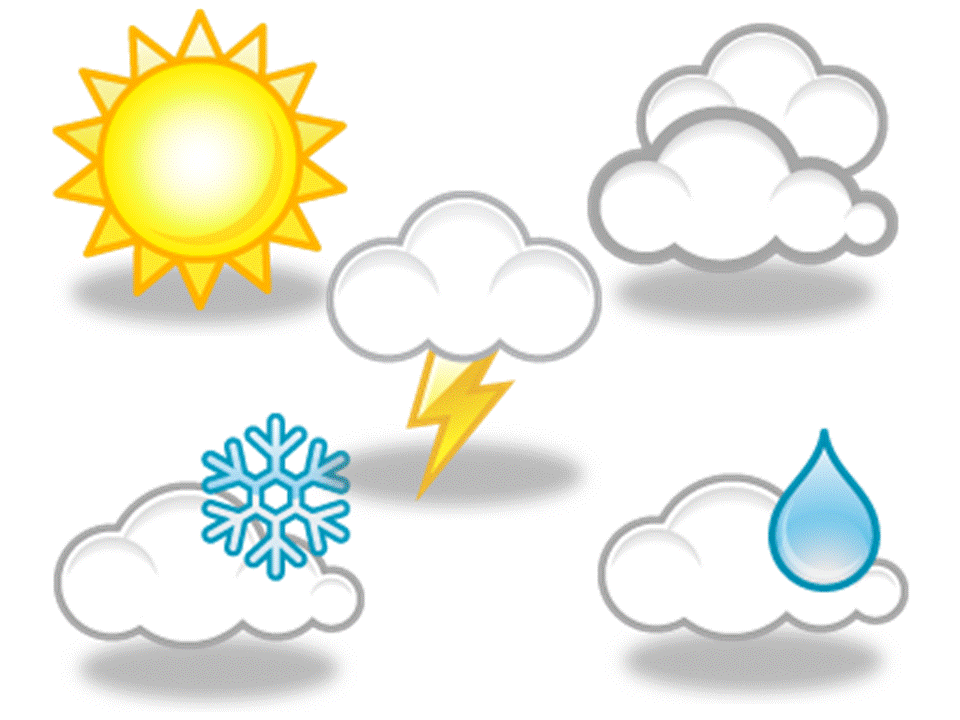A new study found that heavy drinking can increase the risk of brain injury
Key Takeaways:
-
A new study finds that heavy drinking can increase the risk of brain damage.
-
Using data from nearly 2,000 adults in the Biobank for Aging Studies, researchers found that eight or more drinks per week was associated with a heightened risk of brain damage and potentially early death.
-
Former heavy drinkers were also at an increased risk of neurological issues and cognitive impairments.
A new study published by the American Academy of Neurology explored how alcohol can affect consumers brains.
Their work found that having eight or more drinks per week can negatively impact how blood flows through the brain. Over time, this can lead to brain damage.
Heavy alcohol consumption is a major global health concern linked to increased health problems and death, study author Alberto Fernando Oliveira Justo, Ph.D. said in a news release.
We looked at how alcohol affects the brain as people get older. Our research shows that heavy alcohol consumption is damaging to the brain, which can lead to memory and thinking problems."
The study
Nearly 2,000 adults with an average age of 75 at death were involved in the study. The team conducted brain autopsies for each of the participants, and their family members answered questions about their drinking habits.
The participants were then divided into four groups based on their drinking: moderate drinkers (seven or fewer drinks per week), heavy drinkers (eight or more drinks per week), former heavy drinkers, and non-drinkers.
The researchers defined one drink as about 0.5 oz of alcohol; this translates to about 12 oz of beer, 5 oz of wine, or 1.5 oz of liquor.
The results
Ultimately, heavy drinking was linked with a number of neurological concerns even for those who were former heavy drinkers.
One of the primary findings was the increased risk of vascular brain lesions, or a condition known as hyaline arteriolosclerosis. This is when blood vessels become stiff and narrow, making it more difficult for blood to flow. The condition is also associated with poor cognitive abilities, visual impairment, kidney problems, and more.
Heres a breakdown of the findings:
-
Heavy drinkers were 133% more likely to have vascular brain lesions compared to non-drinkers
-
Former heavy drinkers were 89% more likely to have vascular brain lesions compared to non-drinkers
-
Moderate drinkers were 60% more likely to have vascular brain lesions compared to non-drinkers
-
Heavy drinkers and former heavy drinkers had increased risks of tau tangles one of the biomarkers for Alzheimers with 40% and 31% higher risks, respectively
-
Former heavy drinkers had poorer cognitive abilities
-
Heavy drinkers died an average of 13 years earlier than non-drinkers
We found heavy drinking is directly linked to signs of injury in the brain, and this can cause long-term effects on brain health, which may impact memory and thinking abilities, said Dr. Justo. "Understanding these effects is crucial for public health awareness and continuing to implement preventive measures to reduce heavy drinking."
Sign up below for The Daily Consumer, our newsletter on the latest consumer news, including recalls, scams, lawsuits and more.
Posted: 2025-04-11 17:47:23















